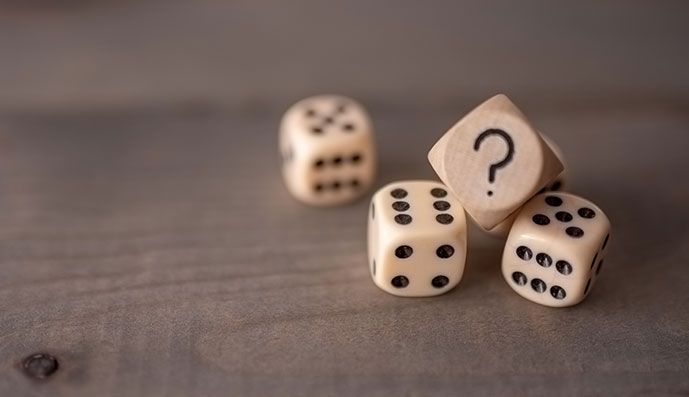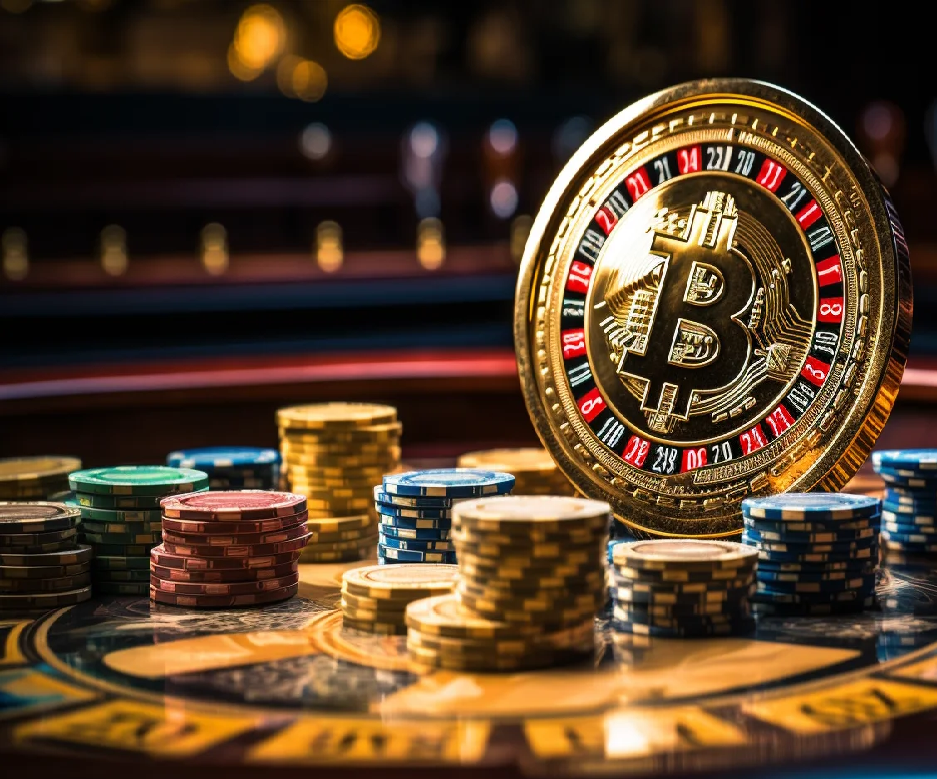
Taking regular pauses during dice gaming sessions creates noticeable differences in both results and enjoyment. These intentional breaks serve multiple purposes beyond simple rest. When incorporated systematically, short pauses help reset mental patterns that might lead to automatic play without proper thought. Extended sessions without breaks often lead to declining decision quality as mental sharpness diminishes over time. Deciding away briefly can transform declining sessions into more productive experiences.
Fresh eyes advantage
Continuous dice play without interruption gradually dulls perception and decision-making abilities. The repetitive nature of placing bets creates mental patterns that become increasingly automatic rather than thoughtful. To understand how to win at bitcoin dice requires maintaining sharp focus throughout your sessions rather than falling into autopilot mode. Stepping away briefly disrupts these automatic patterns, allowing you to return with refreshed attention to essential details you might have started overlooking.
A five-minute break every hour creates sufficient mental distance to view your session objectively. This brief separation helps identify patterns in your betting that might have gradually shifted from your initial plan. Without these pauses, subtle drift in betting sizes or frequency often goes unnoticed until significant changes have occurred. The pause creates natural reflection points where you can assess your current session status against your predetermined goals and limits. This regular check-in prevents lost perspective during uninterrupted play when original intentions gradually fade from awareness.
Decision fatigue reset
Extended decision sequences create a documented mental state where judgment quality declines regardless of skill level. Each betting decision requires mental resources that gradually deplete without sufficient recovery time. Breaks directly address this decision fatigue through mental resource replenishment.
- Brief disengagement allows decision-making resources to regenerate naturally
- Mental fatigue signs include increased impulsivity in betting patterns
- Decision quality typically declines after 45-90 minutes of continuous play
- Resource depletion happens regardless of conscious awareness
- Recovery begins within minutes of actual disengagement from decision-making
- Complete restoration requires longer breaks proportional to session length
- Different mental activities during breaks accelerate recovery compared to similar tasks
These recovery periods become particularly important during challenging sessions where losses might otherwise trigger emotional responses. The mental reset helps maintain rational approaches rather than compensation attempts that often worsen results.

Pattern interruption power
Gambling activities naturally create mental loops and habitual responses that can become counterproductive. Regular breaks are pattern interruptions that prevent these loops from strengthening into fixed behaviours that resist change.
- Losing streaks often trigger increasing bet sizes without conscious decision
- Winning sequences sometimes create false confidence in pattern recognition
- Automatic play develops within 30-60 minutes of uninterrupted sessions
- Mental scripts form that bypass rational decision processes
- Break intervals prevent the deep entrenchment of these automatic patterns
- Mental flexibility returns more quickly with scheduled interruptions
- Conscious awareness of decisions improves immediately after brief pauses
These interruptions help maintain deliberate play rather than allowing habits to direct actions. The difference between conscious decisions and automatic responses dramatically impacts session outcomes over time.
Complete disengagement – avoiding thinking about gaming during breaks – maximises effectiveness. Checking messages, having brief conversations about unrelated topics, or engaging in different mental activities creates an actual mental separation that improves performance upon return. Proper break timing, physical movement, and complete mental disengagement create ideal conditions for consistent performance throughout extended gaming sessions rather than the typical decline without these intentional pauses.




